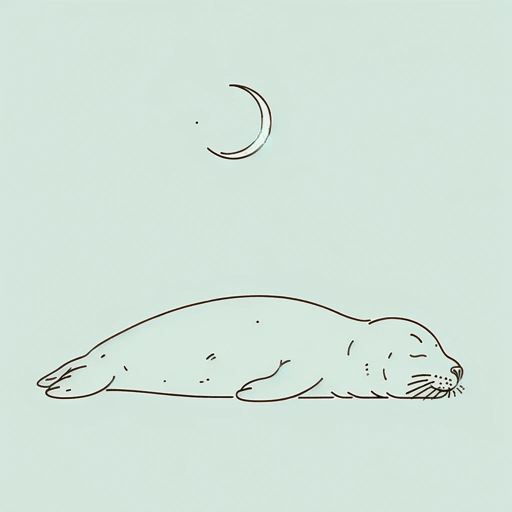17 pages • 34 minutes read
Rudyard KiplingSeal Lullaby
Fiction | Poem | Middle Grade | Published in 1900A modern alternative to SparkNotes and CliffsNotes, SuperSummary offers high-quality Study Guides with detailed chapter summaries and analysis of major themes, characters, and more.
Background
Socio-Historical Context: Colonialism
Any contemporary study of Rudyard Kipling requires acknowledgement of Kipling’s racism and his support for colonialism and warfare. This lullaby’s peaceful reassurance introduces a short story where a display of force and violence delivers a community from an outside threat. In this story, Kotick, Kipling’s animal hero, is “white,” a rare occurrence in the seal world. The white seal fulfills his destiny as a leader by defeating other seals in a bloody battle, after which all the seals acquiesce to his will and follow him to the island where they are safe from human hunters. Violence and subjugation become the avenue to the community’s preservation.
The short story first appeared in the conservative London magazine National Review, a publication dedicated to the preservation of empire and the support of British martial superiority. The seal’s whiteness marks him as a leader among readers who supported colonial stewardship, a notion Kipling goes on to articulate in verse as the “white man’s burden.” Initial readers of the story would have likely seen the seals’ allegiance to the white seal Kotick as a testament to a colonial leader’s proper traits.
Examining the poem in the context of violence, empire, and race relations elevates certain aspects of the poem, like its comparison of seal children to human children.
Related Titles
By Rudyard Kipling

If—
Rudyard Kipling

Kim
Rudyard Kipling

Lispeth
Rudyard Kipling

Rikki Tikki Tavi
Rudyard Kipling

The Conundrum of the Workshops
Rudyard Kipling

The Jungle Book
Rudyard Kipling

The Man Who Would Be King
Rudyard Kipling

The Mark Of The Beast
Rudyard Kipling

The White Man's Burden
Rudyard Kipling

